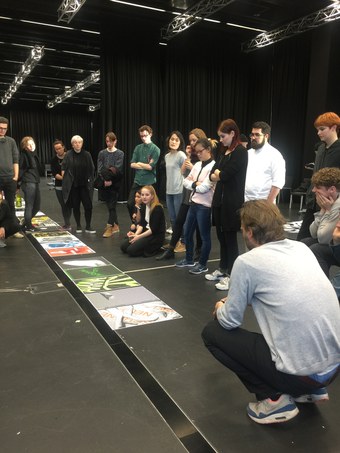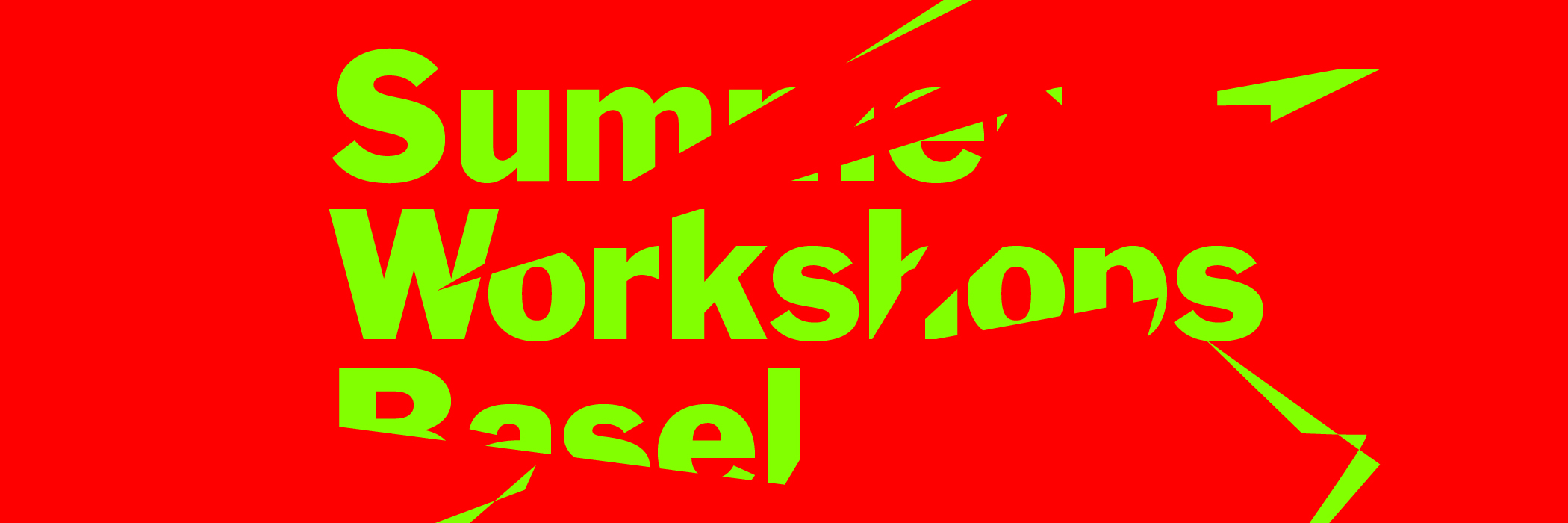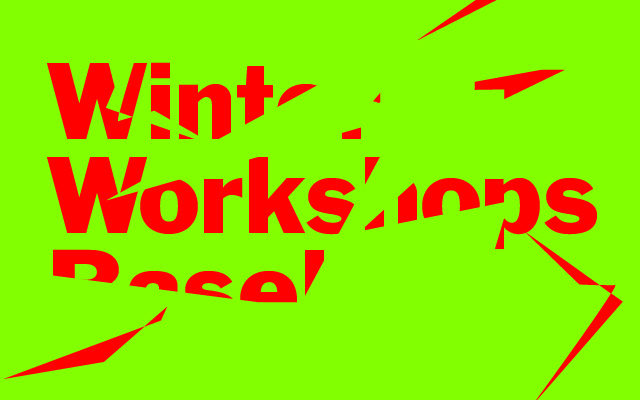Summer Workshops
The Institute Digital Communication Environments (IDCE) offers compact summer workshops for master students, lecturers and designers as part of the continuing education program at HGK Basel.
Key data
- ECTS points
- 2 ECTS per Workshop
- Next start
- June / July 2026
- Duration
- 1 Week per Workshop
- Teaching language
- English
- Place
- Basel
- Fee
- CHF 900 (1 week); CHF 1700 (2 weeks); CHF 2400 (3 weeks); CHF 3000 (4 weeks), 20% discount for students.
Mobile navi goes here!

No social media links available.

